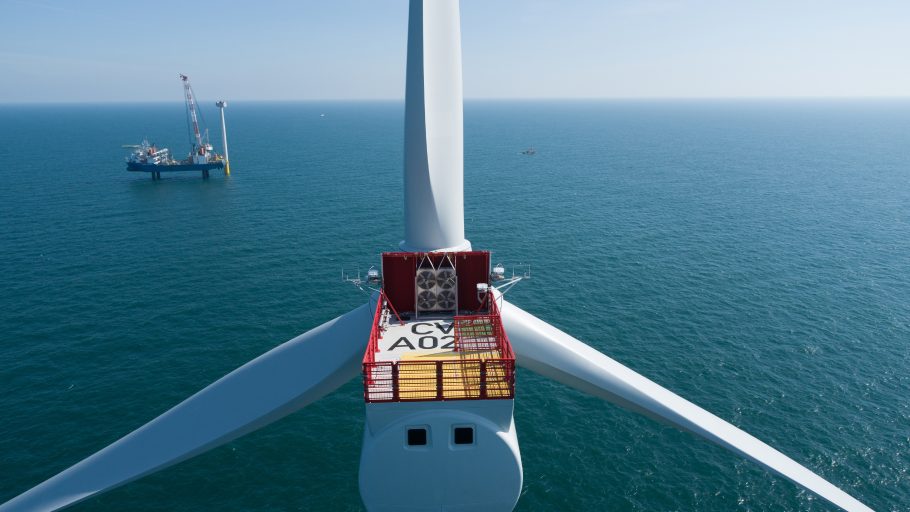Dominion Energy continues to advance the next generation of carbon-free energy 27 miles off the coast of Virginia Beach and deliver clean, reliable energy to its customers across Virginia and North Carolina.
The company’s 2.6 GW Coastal Virginia Offshore Wind (CVOW) recently reached two major regulatory milestones: final approval from the Virginia State Corporation Commission (SCC) and the draft Environmental Impact Statement (EIS) from the Bureau of Ocean Energy Management (BOEM).
“The publication of the draft EIS is a major milestone that keeps CVOW on time and on budget for the benefit of Dominion Energy Virginia customers,” said Bob Blue, Dominion Energy’s Chair, President, and CEO. “Offshore wind offers many benefits for Virginia—it is emissions-free, fuel-free, and transformational for the Hampton Roads economy. We look forward to working with federal regulators and the public to ensure the project is fully protective of the environment.”
Dominion Energy is proposing to construct 176 14.7 MW wind turbines, three offshore substations, and up to 300 miles of inter-array cables in a 112,800-acre commercial lease area off the coast of Virginia Beach. To get the energy onto the broader electrical grid to serve customers, the company must also install up to 400 miles in export cables, which are used to bring the offshore wind energy onshore, and approximately 17 miles of new onshore transmission lines and related infrastructure.

Maximizing benefits while minimizing impact through the EIS
The draft EIS reflects the extensive studies, evaluations, and designs underway to maximize CVOW’s environmental benefits and minimize potential impacts. These measures include actions taken offshore to construct the wind turbine generators to minimize impacts on marine life, such as North Atlantic right whales, and actions taken onshore to design a transmission route that avoids impacts on natural resources to the maximum extent possible.
ABOUT THE AUTHOR
Stan Blackwell is responsible for the management of Dominion Energy’s data center practice throughout the Commonwealth of Virginia and other large customers in Central Virginia. Having been with Dominion Energy for 27 years, Blackwell has served in a variety of leadership roles in finance, accounting, electrical design, renewable product development, contract management, key account management, and economic development. He is also a current board member of the Data Center and Cloud Committee of the Northern Virginia Technology Council. Previously, he held financial roles at AT&T and NCR and served as a board member of the Central Virginia Better Business Bureau and the Central Virginia Juvenile Diabetes Research Foundation.



